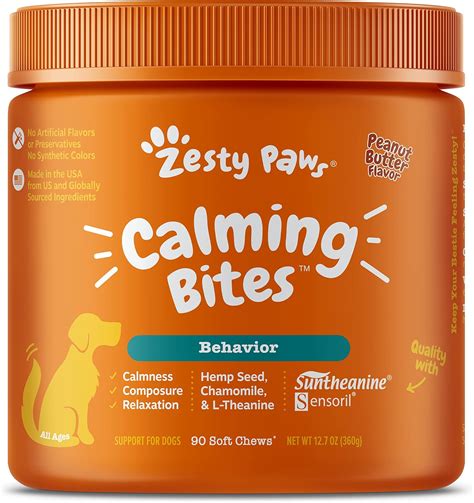Introduction
Our beloved pets hold a special place in our hearts, and their well-being is paramount. As pet owners, we strive to provide them with the best possible care, including ensuring their mental and emotional health. In recent years, the use of calming treats has gained popularity among pet owners seeking to reduce stress, anxiety, and behavioral issues in their furry friends. This article explores the potential benefits of calming treats on pet memory and recall, examining the latest research findings and providing practical insights for pet owners.

Calming Treats and Their Mechanisms of Action
Calming treats are typically formulated with natural ingredients such as chamomile, lavender, and valerian root, which have calming and sedative effects. These ingredients interact with receptors in the brain’s central nervous system, reducing anxiety, promoting relaxation, and improving overall mood. Additionally, some calming treats contain melatonin, a hormone that regulates sleep-wake cycles and may contribute to cognitive function.
Effects on Pet Memory and Recall
While the effects of calming treats on pet behavior and cognition have been widely studied, research on their impact on memory and recall is still evolving. However, preliminary studies suggest that certain ingredients in calming treats may have beneficial effects on these cognitive processes.
Chamomile: Chamomile has been shown to possess antioxidant and anti-inflammatory properties, which may protect brain cells from damage. It has also been linked to improved memory and learning in rodents.
Lavender: Lavender is known for its calming effects and has been found to improve sleep quality in humans. In animals, lavender has been shown to enhance learning and memory formation.
Valerian root: Valerian root has been used for centuries to treat insomnia and anxiety. Studies have indicated that it may also have memory-enhancing effects in animals.
Practical Considerations for Pet Owners
While calming treats may provide potential benefits for pet memory and recall, it’s important for pet owners to use them judiciously and consider the following factors:
1. Consult with a Veterinarian: Before giving your pet calming treats, consult with your veterinarian to determine the appropriate type and dosage based on your pet’s health, breed, and age.
2. Start Slowly: Introduce calming treats gradually to avoid any adverse reactions. Monitor your pet’s behavior and adjust the dosage as needed.
3. Consider Underlying Causes: If your pet exhibits persistent memory or recall problems, consult with your veterinarian to rule out any underlying medical conditions that may require treatment.
Common Mistakes to Avoid
1. Overdosing: Never exceed the recommended dosage or give your pet calming treats more frequently than directed by your veterinarian. Overdosing can lead to lethargy, dizziness, and other health issues.
2. Giving Human Medications: Avoid giving your pet human medications, such as anti-anxiety drugs or sleeping pills, as these can be harmful to animals.
3. Using Treats as a Substitute for Training: Calming treats are not a substitute for proper training and behavior modification. Use treats as a reward for positive behavior and to reinforce desired responses.
Case Detail: Cocoa the Cat
Cocoa, a 7-year-old Siamese cat, had been experiencing anxiety and difficulty focusing during training sessions. Her owner consulted with a veterinarian, who recommended trying calming treats containing chamomile, lavender, and valerian root. Within a few weeks, Cocoa’s anxiety levels decreased significantly, and her recall and attention during training improved noticeably.
Conclusion
Calming treats may have potential benefits for pet memory and recall, but more research is needed to fully understand their effects and identify the most effective ingredients. By considering the practical factors discussed in this article, pet owners can use calming treats judiciously to support their pet’s well-being and strengthen their bond. Remember, always prioritize veterinary guidance and use treats as a supplement to proper training and behavior modification. Together, we can create a harmonious environment for our furry companions, fostering their cognitive health and enriching their lives.





















